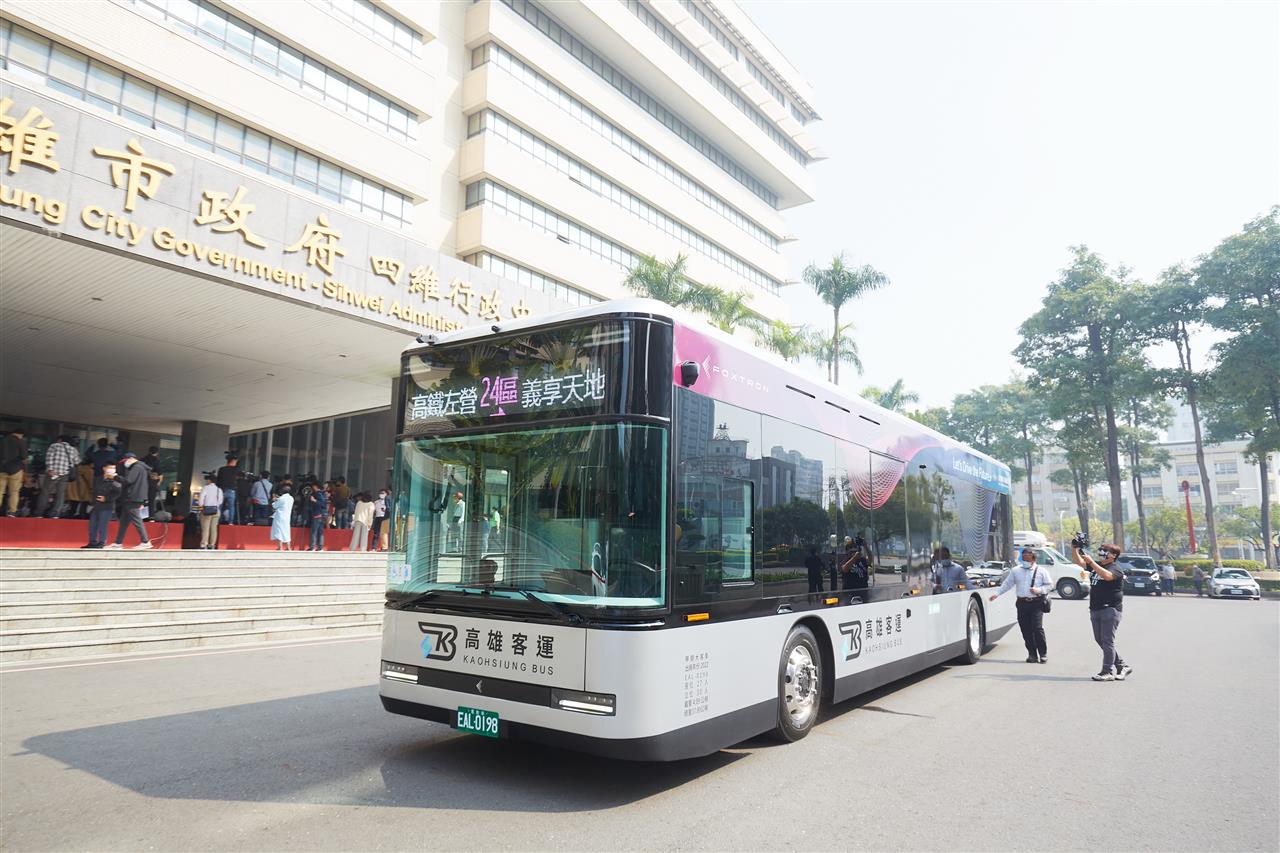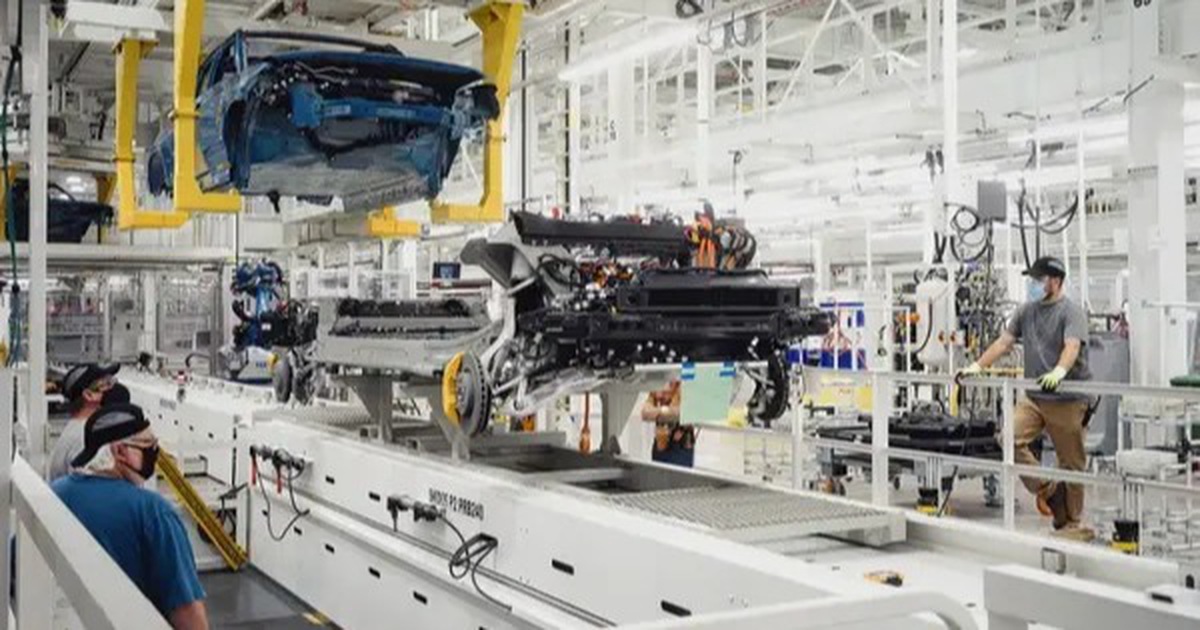The amazing modern electric bus
It’s amazing how Information and Communication Technologies (ICTs) can help make things better in every aspect of our lives, from how we get around to how we make money. While driving can be an amazing experience, driving with Advanced Driver Assistance Systems (ADAS) means far more comfort and safety. However, that is exactly what the Taiwanese government hopes to achieve: providing the best travel experience for the people.
It is certainly a move towards better service to its people. In line with Executive Yuan’s plan to replace city buses with electric vehicles by 2030, and to improve quality of life by adding low-carbon and lower-noise vehicles, the city government Taiwan City has started adding new electric buses to its public bus fleet since 2018. What makes the new bus upgrade remarkable is that they are all equipped with the ADAS system. – delivering unsurpassed comfort to the public where they need it most.

Taiwan equips new public electric buses “top of the top”. Photo: @AFP.
Currently, there are a total of 58 electric buses serving Taiwan’s major city bus routes including line 66, Heping line, line 236 (limited), line 251 and 307 (limited). After receiving positive feedback from commuters, the city government announced that 20 more buses will be put into operation on route 620. In total, a total of 78 electric buses will serve the public. Taiwan.
The Taiwan Public Transport Office (PTO) points out that route 620 includes stops at major attractions such as Taiwan Children’s Amusement Park, National Taiwan Science Education Center, and Taiwan National Science Education Center. 9 metro stations along the Tamsui-Xinyi and Wenhu lines, and various locations across Nangang and Neihu districts. It is also an important means of transportation for students attending schools such as Yangming Middle School, Taibei High School, Soochow University, and Neihu High School. The route serves an average of 2 million passengers per year.
The new electric vehicles allocated for route 620 will operate at a special station in the Beitou-shilin Technology Corridor, which is equipped with smart charging devices. The buses also come with an ADAS system installed, which provides functions such as:
• Vehicle collision warning.
• Pedestrian collision warning.
• Monitor the distance between vehicles.
• Over speed warning.
Many people today may not be familiar with the term Advanced Driver Assistance Systems (ADAS), although in today’s cars ADAS is a possible option, if not already installed. Notably, Taiwan will become a leading supplier of microchips for ADAS-based vehicles in the future, as previously reported by OpenGov Asia magazine.
At its core, ADAS uses ICT technology. It is a combination of a wide range of emerging technologies. These systems take full advantage of cameras, LiDAR, radar, vehicle-to-person communication, GPS, and digital map data. The more sophisticated the system, the greater the reliance on Artificial Intelligence (AI). The aim is to automate driving and improve commuting safety.

According to Taiwan’s Public Transport Office (PTO), the agency will do its best to realize its goal of expanding the local electric bus fleet to 400 by the end of 2022. Photo: @AFP.
However, not all ADAS are created equal. To date, there are 5 levels depending on automation. The most sophisticated is level 5 but most ADAS currently are only level 1 or 2.
Level 0: No automatic function. Humans operate and control all major systems. This includes cars with cruise control because the driver sets and changes the speed as needed
Level 1: Driver assistance system. Advanced driver-assistance systems (ADAS) assist the driver with steering, braking or accelerating, and not simultaneously. ADAS includes a rearview camera and features like vibrating seat alerts to warn drivers when they deviate from their moving lane. Some systems such as adaptive cruise control or automatic braking can be controlled by the car when activated, individually, by a human driver.
Level 2: Partial automation. The vehicle’s ADAS system can automatically control both steering and braking/acceleration in some cases. The driver must always pay full attention (“monitor the driving environment”) and perform the rest of the driving duties. The car will match your speed for traffic and curves, but the driver must be ready to control multiple systems at all times.
Level 3: Conditional automation. Automated Driving Systems (ADS) in the vehicle can perform self-management of all critical safety operations, aspects of driving duties under specific conditions, but the driver must undertake when alerted. The car monitors the environment instead of people, but drivers shouldn’t doze off, as they’ll need to know how to take control when asked. In all other cases, the driver performs the driving duty.
Level 4: High automation. Automated Driving Systems (ADS) in vehicles can perform all driving tasks on their own and monitor the driving environment – essentially, perform all driving operations – within certain cases. Humans don’t need to pay attention in those cases. It will still require driver intervention in bad weather or unusual environments. Level 4 cars will still have a steering wheel and pedals to drive when needed.
Level 5: Fully automatic. Automated Driving Systems (ADS) on vehicles can perform all driving operations in all cases. Humans are just passengers and never need to be involved in driving. In all driving situations, the car uses fully automatic driving mode and only asks the human for the travel schedule.
According to the PTO, the agency will do its best to realize the goal of expanding the local electric bus fleet to 400 vehicles by the end of 2022. Taiwan is also determined to harness ICT technology for the future. As the world’s chip haven, the country is not only set to make the most of the ADAS platform in the future, but it also wins big as the planet prioritizes clean energy and electric vehicles. become the standard, according to a report on OpenGov Asia.
at Blogtuan.info – Source: danviet.vn – Read the original article here


